Israel and Syria Agree to Ceasefire: What’s at Stake for Sweida?
In a historic move, Israel and Syria reach a ceasefire after tensions escalate over the Sweida region. But is this enough to bring peace, or will the situation deteriorate further?
In the tangled world of international conflict, there are moments that offer a glimpse of hope—however fleeting. July 18, 2025, marked one such moment when Israel and Syria, under the watchful eyes of the US, Turkey, and Jordan, agreed to a ceasefire. But this wasn’t just another diplomatic agreement. The stakes were far higher than political maneuvering, touching the lives of people caught in the crossfire.
The conflict in Syria has long been a volatile, shifting landscape, but this time, it wasn’t about the usual geopolitical chess pieces. This time, it was about communities—drusian minorities, Bedouin tribes, and the very souls caught between Israel’s protective forces and Syria’s entrenched power structures. As both countries agreed to pause the violence, one can’t help but wonder: Is this ceasefire truly a path toward lasting peace, or is it a temporary breath before another storm? Let’s dive deeper into the situation and explore the human toll, the geopolitical implications, and what might happen next.
Israel and Syria: A New Ceasefire Amid Rising Tensions
Why the Ceasefire Came to Be
It wasn’t just another skirmish. The violent clashes in Sweida, a region in southern Syria, began with seemingly localized tensions between two factions: the Druze minority and the Sunni Bedouin tribes. But what initially seemed like a territorial dispute quickly escalated when Syrian government forces chose sides and allied with the Bedouins. The sudden involvement of the Syrian army triggered a series of Israeli airstrikes aimed at key Syrian military sites, including the vital Ministry of Defense in Damascus.
These actions, unsurprisingly, rattled the region and brought international powers into the fold. Israel had long resisted Syrian presence in southern Syria, given the proximity to its borders, but the humanitarian disaster and the potential for greater regional instability spurred a diplomatic solution.
It was a delicate dance, as Israel agreed to allow a limited return of Syrian forces to Sweida, but only for a 48-hour period. In exchange, the ceasefire would offer a temporary sense of stability for the embattled Druze community—an essential political maneuver to safeguard their existence and avoid further escalation.
Enter the United States, Turkey, and Jordan—international actors who worked tirelessly to broker this ceasefire. Their collective goal? To stop the bleeding before it got worse, ensuring that both Israel and Syria would hold their fire, at least for now. For the US, the broader geopolitical strategy seems clear: maintain stability in the Middle East while ensuring Israeli security. Turkey and Jordan, key regional players, were also invested in stopping the bloodshed and promoting dialogue.
In a world where international interventions can often do more harm than good, this is a rare instance where diplomacy actually led to action. But, as anyone who’s watched Middle Eastern politics can tell you, such agreements are rarely set in stone.
What Does This Ceasefire Mean for Sweida and Its People?
A Fragile Peace for the Druze Community
The Druze community in Syria has always found itself caught between the broader geopolitical struggles of the region. Historically, they’ve managed to maintain a fragile neutrality, but the recent conflict in Sweida has put them in a precarious position. As Syrian forces moved in, Druze leaders appealed to Israel for protection. Some demanded more intervention, hoping to see Israel play a more prominent role in defending their people. Others, particularly from Lebanon, warned against any such involvement, fearing it would further destabilize the region.
This ceasefire represents a brief window of relief for the Druze, but as one local leader put it, “It is just a pause, not peace.” The challenges that the Druze and other minority communities face in this volatile region go far beyond military conflict. There are the ongoing humanitarian crises—food shortages, lack of clean water, electricity outages, and the trauma that comes with decades of instability. For the Druze, the ceasefire is a step toward protection, but it’s unclear how long that step will last.
The Bedouins: Caught Between Forces
On the other side, the Bedouins—whose tribes have clashed with the Druze—find themselves in a somewhat different position. While they were initially supported by the Syrian government, this ceasefire places them in an awkward position. There is no easy resolution here. For the Bedouins, the ceasefire may give them breathing room, but it doesn’t guarantee lasting peace. Their communities have been ravaged by the conflict, and they too have suffered from food insecurity, forced displacement, and the destruction of their homes.
While some Bedouin leaders welcome the ceasefire, others view it as yet another temporary fix—a distraction from the real problems that their communities face.
A Temporary Fix? Or Long-Term Stability?
So, what comes next? The ceasefire, while welcomed by many, is fragile at best. It’s too early to predict if this will be the breakthrough moment that brings lasting peace to Syria and Israel, or if it will simply be another chapter in a long-running conflict that refuses to end. The human toll, especially in places like Sweida, is impossible to ignore. As local populations suffer through the chaos, the international community must keep pressure on both sides to ensure that this fragile agreement holds.
But perhaps the real question is this: Will Israel, Syria, and the international players involved push for a more lasting solution? Or will they retreat into their corners, leaving the people of Sweida to suffer once again?
It’s time for more than just a temporary ceasefire. The world can’t continue to watch as the people of Sweida suffer. While diplomatic agreements like this one are essential, they need to be backed by genuine commitment to stability, peace, and the protection of human rights.
As we look to the future, let’s remember that behind every ceasefire, behind every political maneuver, it’s the people who bear the weight. It’s the families in Sweida, the Druze, and the Bedouins—each person caught in the middle of a conflict they never asked for. The path forward must be one that values human dignity over political point-scoring.
The ceasefire between Israel and Syria in Sweida is a rare moment of diplomacy amidst the chaos of the Middle East. But as promising as this pause may seem, it’s only a temporary solution. The region needs more than just a break from fighting—it needs long-term stability, humanitarian support, and a genuine effort to address the underlying issues.
So, what do you think? Can this ceasefire lead to lasting peace, or is it just another brief respite before the next round of conflict? Share your thoughts in the comments below, and let’s continue the conversation about the future of the Middle East.
Stay updated on the latest developments in the Middle East by following our blog, and don’t forget to share this article with others who want to understand what’s happening in Syria.
Israel Bombs Syria Amid Gaza Strikes, Killing at Least 93 –


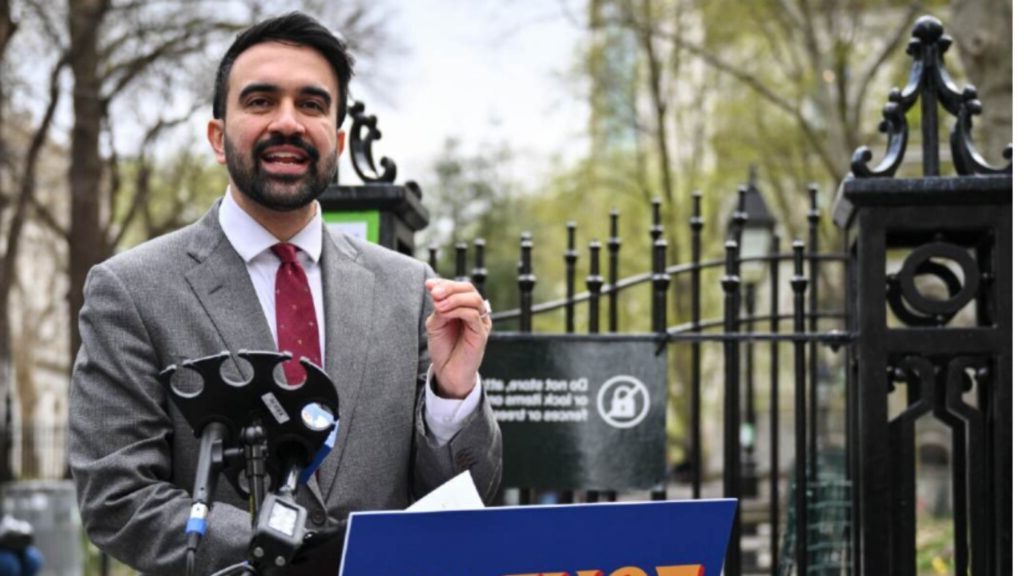
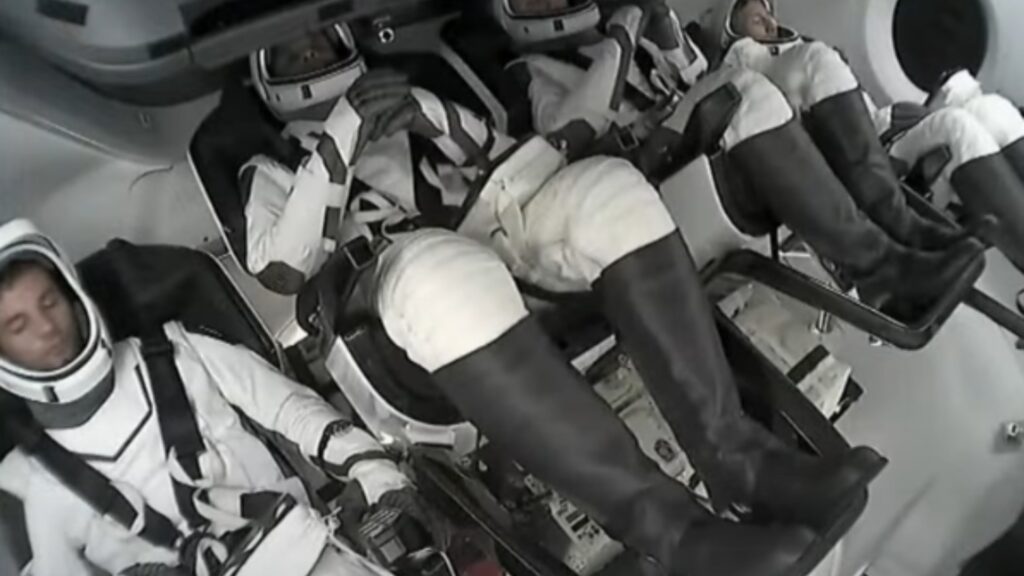

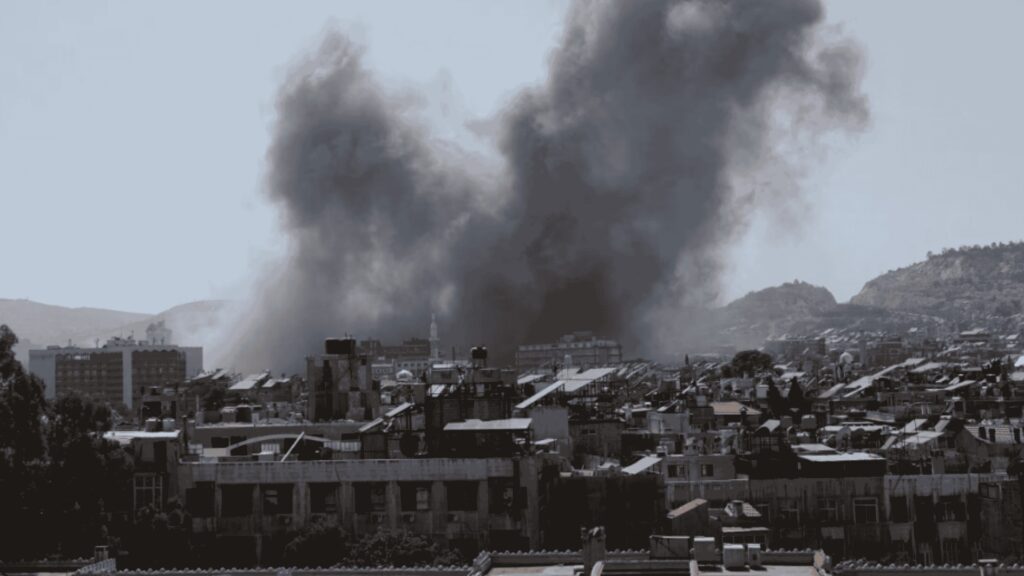
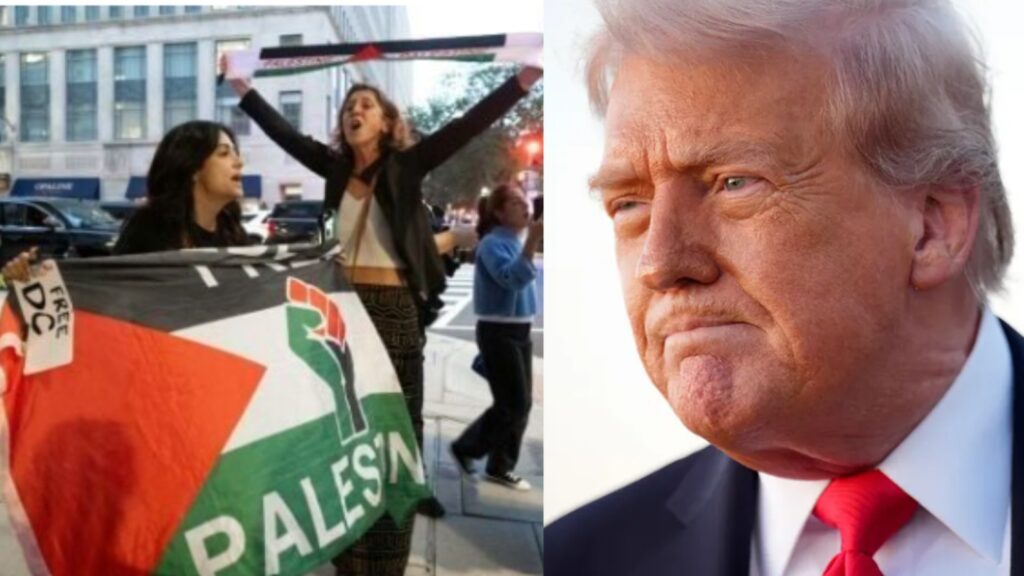
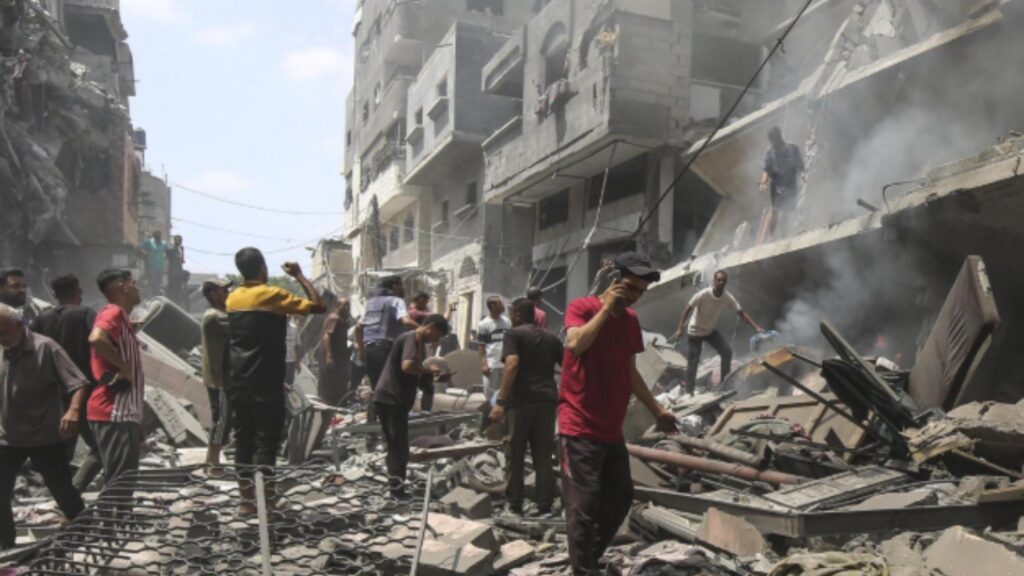
Hello my friend! I wish to say that this article is amazing, great written and include almost all vital infos. I would like to see more posts like this .
I really enjoy reading on this site, it contains excellent posts.
I’ve been browsing on-line more than three hours nowadays, yet I never found any attention-grabbing article like yours. It?¦s pretty worth enough for me. Personally, if all site owners and bloggers made good content material as you did, the web shall be much more helpful than ever before.
Good day! I know this is kind of off topic but I was wondering which blog platform are you using for this website? I’m getting fed up of WordPress because I’ve had problems with hackers and I’m looking at alternatives for another platform. I would be great if you could point me in the direction of a good platform.
Good V I should definitely pronounce, impressed with your site. I had no trouble navigating through all the tabs and related information ended up being truly easy to do to access. I recently found what I hoped for before you know it in the least. Reasonably unusual. Is likely to appreciate it for those who add forums or something, site theme . a tones way for your client to communicate. Excellent task..